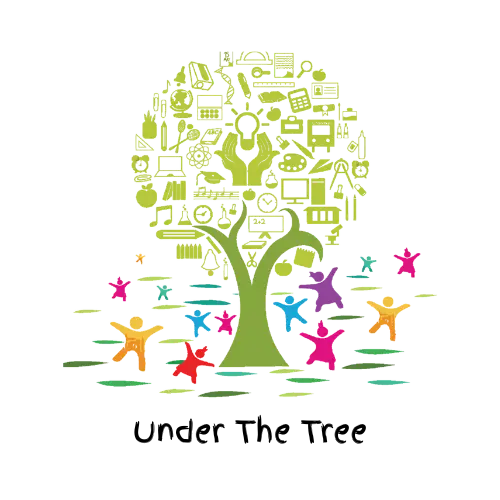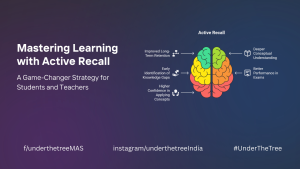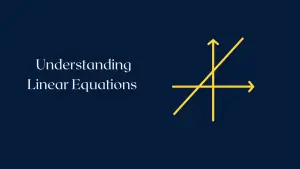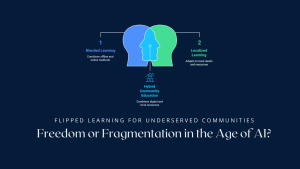In an age where speed is celebrated, silence is rare, and attention is fragmented, the timeless practices of listening, reflecting, and internalizing are more important than ever. These are not just learning strategies—they are foundational disciplines of the Indian mind, deeply embedded in our traditions.
To truly educate is to awaken the learner’s own insight—not just fill them with facts. The path to deep understanding begins not with memorization, but with mindful engagement.
Shravana: The Power of Active Listening
In Vedanta, the first step in the pursuit of knowledge is Shravana—the art of attentive listening. But this is not just hearing words; it’s the practice of opening your mind and heart to new ideas, without haste or judgment.
Even in the Buddhist tradition, the emphasis was never on blind acceptance. Listening is the beginning of inquiry—a gateway to personal understanding.
“Do not accept anything by mere tradition… but when you know for yourselves… then accept it.”
— The Buddha, Kalama Sutta
True Shravana is rare today. In our classrooms and homes, listening has become a lost art. We urge students to answer quickly, but we seldom teach them to listen deeply.
Manana: The Courage to Question
After listening comes Manana, the act of reflection and reasoning. This is where real learning happens—when the student begins to engage with the knowledge, question it, argue with it, and make it their own.
In ancient India, this took the form of Shastrarthas—lively, respectful debates where students and scholars tested ideas through logic and counter-logic. The purpose wasn’t to “win,” but to sharpen understanding.
“As a goldsmith tests gold by heating, cutting, and rubbing… so should you examine my words.”
— The Buddha
Manana encourages students not to accept blindly, but to verify, doubt, analyze, and grow through intellectual honesty.
Nididhyasana: From Knowledge to Wisdom
The third step, Nididhyasana, is contemplation or assimilation. Here, learning moves from the head to the heart. What you’ve heard and reflected upon becomes part of your being.
This is the point at which a concept becomes insight. It no longer needs to be remembered—it’s now lived.
This stage often involves quiet introspection, journaling, meditative focus, or even applying the idea in your day-to-day life. In Buddhism, this aligns with the practice of bhāvanā—cultivating and meditating on truth until it transforms your perception.
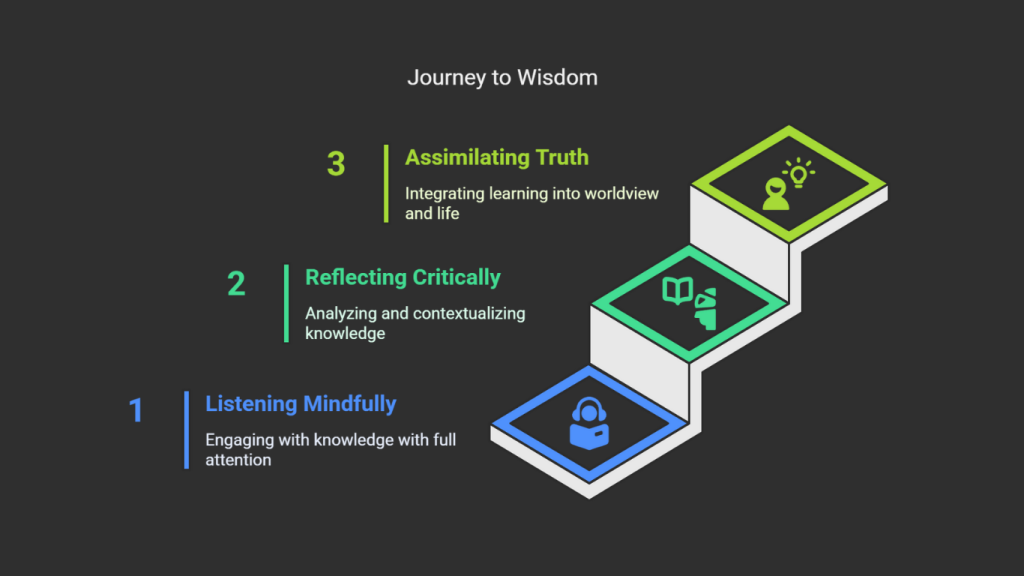
Why These Three Still Matter
In today’s education system, students are under pressure to perform, not to pause. They’re expected to know answers, but rarely encouraged to ask the right questions or to take the time to understand deeply.
At Jyoti EdLab, we strive to change this narrative. We believe learning should unfold through three sacred steps:
- Listening mindfully (Shravana) – absorbing knowledge with full attention.
- Reflecting critically (Manana) – challenging, analyzing, and contextualizing.
- Assimilating truth (Nididhyasana) – letting learning shape your worldview and life.
A Return to Joyful Learning
These steps are not new. They are ancient, powerful, and transformative. They move us from being passive receivers of information to active seekers of understanding.
In classrooms, these principles can take the shape of:
- Quiet moments after a lesson for silent thought.
- Journaling reflections instead of rushing into the next topic.
- Encouraging questions that challenge, not just confirm.
- Teaching through dialogue, not just delivery.
Education as Inner Work
Education is not the mere accumulation of data—it is inner cultivation. When students are taught to listen, reflect, and assimilate, they don’t just gain knowledge—they grow in clarity, confidence, and compassion.
Let us help our children and youth rediscover the joy of learning, rooted in the rich soil of Indian wisdom.
“Your own self is your master; who else could be?”
— The Dhammapada
Jyoti EdLab is committed to reviving holistic education that honors both the outer intellect and the inner spirit. Let’s build a new learning culture—one that teaches not just what to think, but how to think, reflect, and transform.
